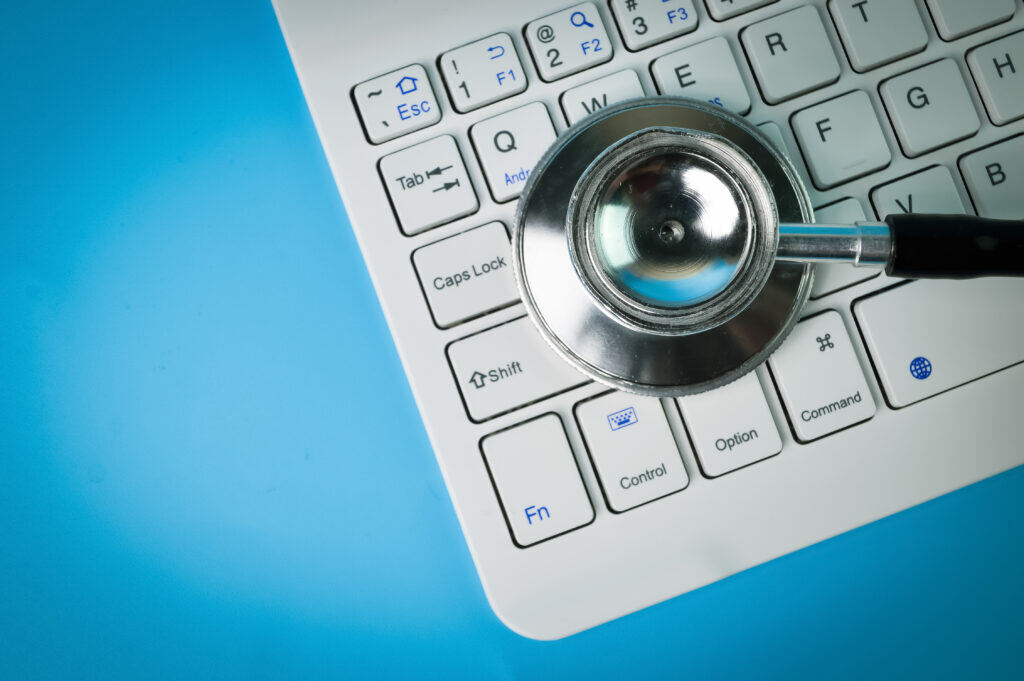
As technology continues to reshape the healthcare industry, staying up-to-date is key to maintaining a competitive advantage. Electronic Medical Records (EMR) and Practice Management (PM) solutions are no exception. As patient expectations rise and regulatory demands grow, practices must embrace innovation to streamline operations, enhance patient care, and boost financial performance. Here’s a closer look at the emerging trends and technologies shaping the future of EMR and PM systems.
1. Cloud-Based EMR and PM Solutions
Gone are the days of clunky on-premises software. Cloud-based solutions are transforming the way practices manage patient data and daily operations. With anywhere-anytime access, healthcare providers can ensure seamless data sharing, reduce IT overhead, and improve disaster recovery capabilities. This flexibility also supports telemedicine and remote work, both of which are becoming staples in modern healthcare delivery.
2. Artificial Intelligence and Machine Learning
AI is revolutionizing EMR and PM by automating routine tasks like appointment scheduling, billing, and even initial patient diagnosis. Predictive analytics, powered by machine learning, can identify patterns in patient data, helping providers anticipate health risks and deliver proactive care. Additionally, AI-driven insights can optimize workflows, making practices more efficient and cost-effective.
3. Interoperability and Data Integration
Interoperability remains a top priority as healthcare providers strive to create a unified patient care experience. The latest EMR and PM solutions emphasize seamless data exchange between different systems, including labs, pharmacies, and specialty care providers. This integration not only improves care coordination but also enhances decision-making by providing a comprehensive view of patient health.
4. Enhanced Patient Engagement Tools
Modern EMR and PM solutions are equipped with features designed to empower patients. From online appointment booking and secure messaging to access to personal health records, these tools foster better communication and engagement. Patients are more likely to adhere to treatment plans and follow-ups when they feel actively involved in their care journey.
5. Value-Based Care Support
As healthcare shifts towards value-based care models, EMR and PM systems are adapting to support this transition. Advanced reporting tools now allow practices to track and report on quality measures, ensuring compliance with programs like MIPS (Merit-based Incentive Payment System). This focus not only enhances patient outcomes but also secures financial incentives for practices.
6. Mobile Accessibility
Mobile-friendly EMR and PM systems cater to the on-the-go nature of modern healthcare providers. Whether it's reviewing patient records during a patient encounter or managing schedules from a smartphone, mobile access enhances productivity and responsiveness.
7. Telemedicine Integration
The rise of telemedicine has highlighted the need for EMR and PM systems to seamlessly incorporate virtual care. Integrated telehealth features allow practices to schedule, conduct, and document virtual visits directly within their systems, ensuring a smooth experience for both providers and patients.
Why Amazing Charts?
At the forefront of these innovations, Amazing Charts offers a comprehensive suite of EMR and PM solutions tailored to meet the needs of independent practices. With user-friendly interfaces, robust interoperability, and powerful patient engagement tools, Amazing Charts helps practices thrive in a competitive healthcare landscape. Stay ahead of the curve with a partner that understands your needs and empowers your success.